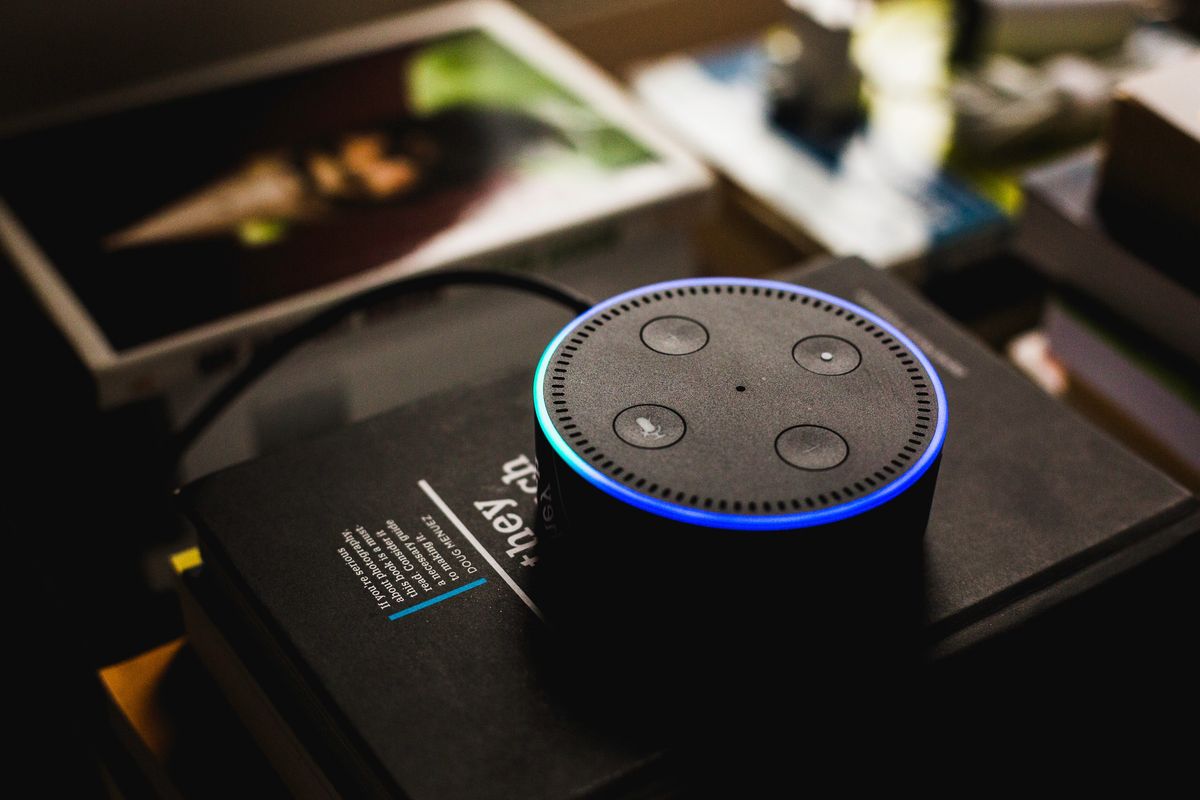What Amazon Alexa Brings to the Discussion on Voice Assistant Marketing

Hey Alexa, what’s up? It’s a question many users are asking as virtual assistants become more ubiquitous in our lives. Because users are turning away from typing into Google search boxes and social media and turning to their assistants instead, it’s a good idea for brands to follow suit. It’s time for voice assistant marketing.
Simply put, voice assistants give your brand, well, a voice. While voice assistants can read your already existing content, they allow for novel content experiences such as one-to-one services as well. By designing and deploying a knowledgeable assistant for your brand, you also establish authority related to your industry.
The biggest benefits include:
- Offer personalized content at any time
- Have a brand presence on voice platforms
- Provide engaging, interactive content related to your product or service.
So, how do brands that use voice assistant marketing do it? Let’s dive into Amazon Alexa marketing strategy and brands using voice search.
How do Brands Employ a Content Strategy for Voice Assistant Marketing Purposes?
The simplest way to employ content marketing with a voice assistant is to make Alexa flash briefings. Flash briefings are short, pre-recorded audio reports that are published on a daily or weekly basis. Because flash briefings are read aloud by a human, they function as an intimate way to use voice assistant marketing. Brands using voice search can easily repurpose their existing content for this new channel. For example, you might offer a story of the day or a weekly digest of the best content from your website.
Most businesses tapping into Alexa voice marketing, though, will want to design an AI-powered voice assistant. Using a voice assistant for content marketing helps existing and prospective customers:
- Learn how to best use your product
- Find the right product that suits their needs
- Earn a “taste” of the experience your service or brand offers
We’ll dive into all three. When it comes to an Amazon Alexa marketing strategy that perfectly aligns with a brand, few make a better example than Ask Purina. The Alexa skill isn’t just for selling dog food; instead, it sells the lifestyle of being a dog owner. Users can ask the assistant questions about different breeds of dogs. Because the brand informs existing and new dog owners on how to best care for their pets—no matter the breed—it’s easy for customers to assume their food is of good quality: they know their stuff.
Understanding the consumer needs is vital for better results
Another great example of brands using voice search is Tide. Its Alexa skill provides content on how to get rid of different stains—exactly the reason why customers use their product. It’s a great example of an Amazon Alexa marketing strategy because it uses the question-and-answer style that consumers want when they search for stuff via voice. When devising content related to your brand, service or product, the most important thing to consider is what content makes the most sense for your brand: when, where and why is your prospective customer seeking the information?
Finally, thanks to its interactivity, voice assistant marketing can offer a demo of an overall brand experience. These usually take the form of a game that lets users form a connection with the overall brand or universe—for example, consider Skyrim on Amazon Alexa, developed as a joke referencing the game’s ubiquity on almost every modern gaming platform since its release in 2011. Another great example of Alexa voice marketing is the Jeopardy skill, which lets people try their hand at trivia—and hopefully form a habit of watching the show.
Alexa Voice Marketing Results in Great Data, Too
Customer data is incredibly important for devising a content strategy. You need to know what customers are looking for and what content is performing best. When producing content for Alexa voice marketing, you can gain a trove of data to help you understand your users and their needs. Some data companies even offer real-time voice assistant analytics, which means you can get instant feedback the moment your push out new content or an update.
In addition to seeing what content users are reacting to, you can glean important demographic information. What are your users searching for the most? What devices are they using (at home, on-the-go)? This information will help bolster your overall content strategy—whether voice, blog, newsletter or more.
